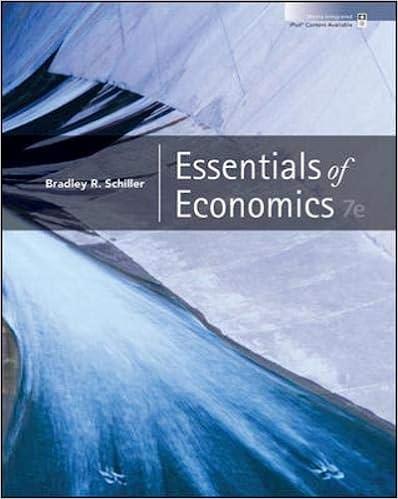Please answer the questions and give an explanation.
2. Consider the following game table: a. Complete the payoffs in the game table so that both Rowena and Colin have a strictly dominant strategy. What is the Nash equilibrium based on your payoff table. (Note: there are many equally correct answers.) (5pt) b. Complete the payoffs in the game table so that both Rowena and Colin have a weakly dominant strategy. Can you apply Successive Elimination of Dominated Strategy to nd Nash equilibrium? Why or why not? (Note: there are many equally correct answers for game table.) (5pt) c. Is it possible to complete the payoffs in the table so that both Rowena and Colin have a super dominant strategy? Why or why not? (5pt) 3. Consider a small town with two coffee shops, Star and Buck. If Star's price is PS per cup of coffee and Buck's price is Pb per cup of coffee, then their respective monthly sales, QS hundred cups of coffee and Qb hundred cups of coffee, are given by the following equations: QSZSPS+PD Qb=15_Pb+Rs It costs $8 for Star to produce a cup of coffee and it costs $10 for Buck to produce a cup of coffee. 939-99" Are these two coffee shops producing substitute or complementary products? How can you verify that based on the demand equations? (7pt) For each of the coffee shop, write the prot as a function of PS and Pb. (7pt) Find each coffee shop's best-response function. (7pt) Find the Nash Equilibrium price in this game. (7pt) Suppose Star and Buck decides to collude and set prices jointly to maximize their joint prots. Find the joint prot-maximizing prices for the coffee shops. (Hint: You can't set P5 = Pb, as these two coffee shops have different demand functions and cost structure. Their price is going to be different even when they collude.) (5pt) Do you nd the outcome in part e to be a Nash equilibrium? Why or why not? (5pt) Consider a twisted version of the above game: suppose that Star has an option to advertise its coffee. This advertisement will cost Star $5,000 if Star decides to use it, and it will change the demand equations as: Q, = 12 0.53,. + 0.5Pb 0,, = 10 Pb + 0.513., The marginal cost of each cup of coffee remains the same. Star has to determine whether to use the advertisement and the price of its coffee simultaneously. Find the Nash Equilibrium price in this game. (Hint: this is still a simultaneous game. Star can choose to advertise or not and its price, Buck can only choose its price.) (5pt)








